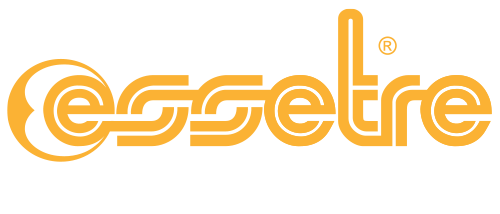Glulam CNC Machines: Precision Glued-Laminated Timber Processing
Advanced 5-axis CNC systems engineered for glulam beam fabrication and complex timber joinery.
Transform your glulam production with Italian precision engineering designed for American structural timber manufacturing.
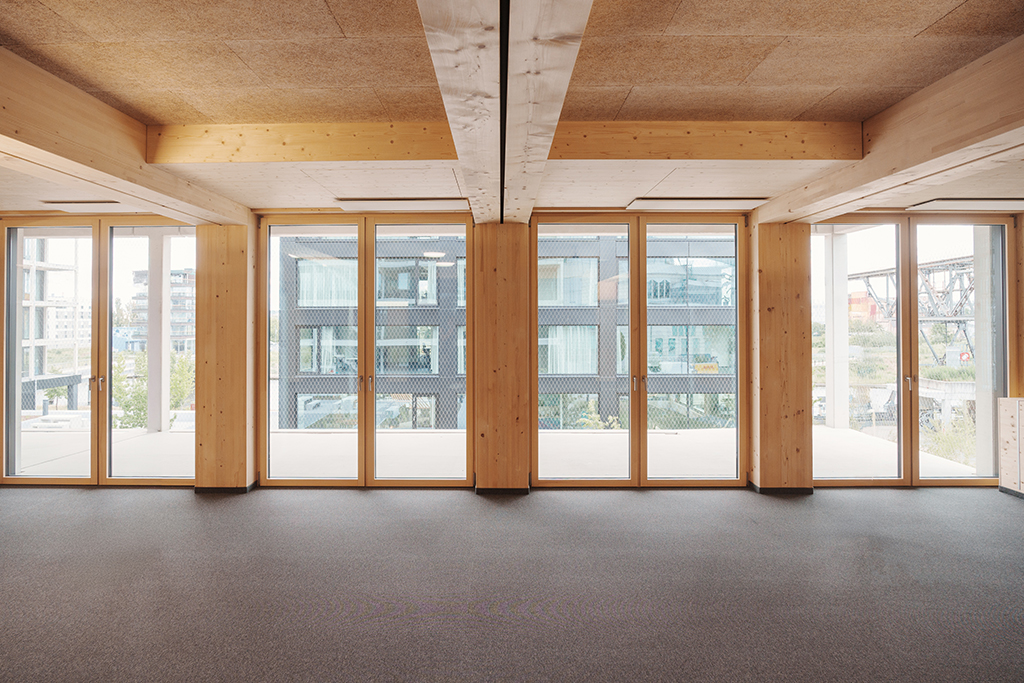
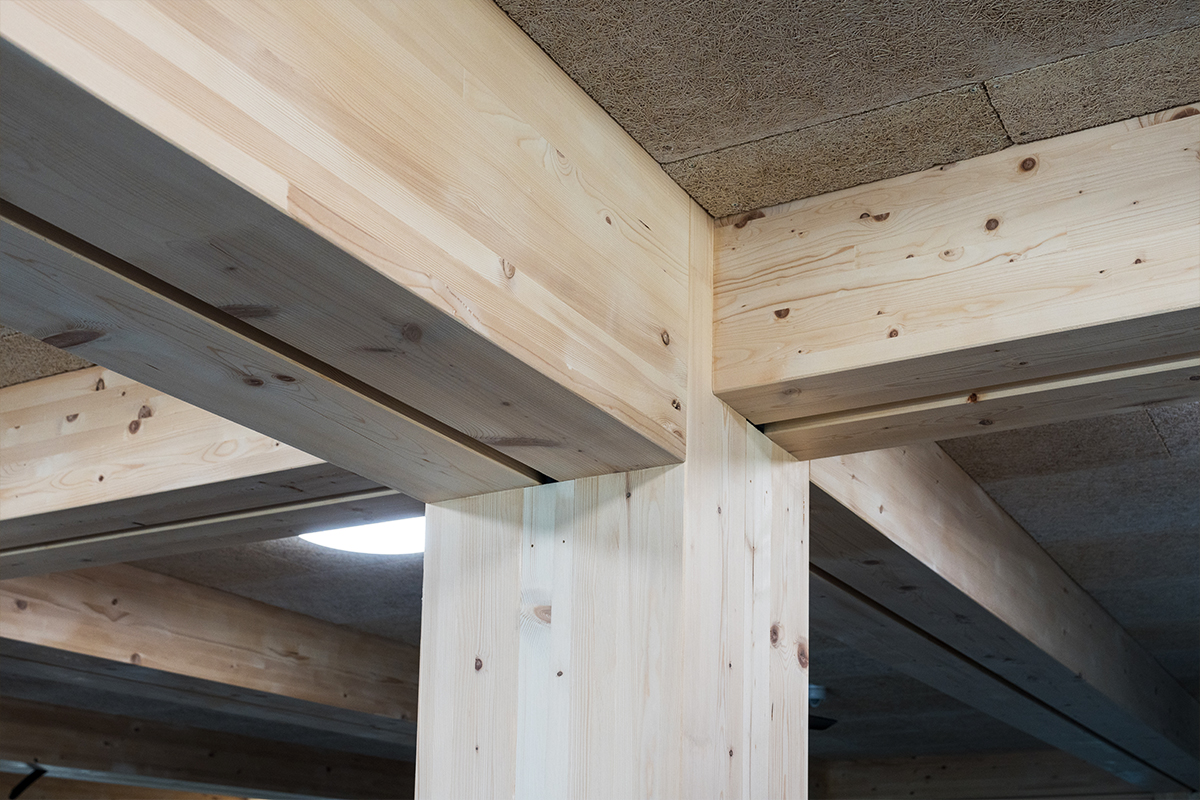
Advanced Glulam Manufacturing for American Construction
Glued-laminated timber (glulam) represents the backbone of modern heavy timber construction in America. From residential timber frames to commercial long-span structures, glulam beams require precision machining capabilities that traditional woodworking equipment cannot deliver.
Essetre NA’s specialized glulam CNC machines handle beams up to 60 feet in length, providing the accuracy and flexibility required for complex timber joinery, curved beam fabrication, and structural connections. Our 5-axis CNC systems perform intricate mortise and tenon joints, compound angle cuts, steel connector recesses, and custom beam shaping with tolerances that ensure perfect structural fit.
Unlike general-purpose beam saws or manual joinery methods, our large-format CNC routers are engineered specifically for glulam beam processing, supporting everything from traditional timber framing to modern hybrid construction. Whether you’re producing beams for post-and-beam homes, commercial structures, or architectural showcases, our Italian-engineered systems deliver the precision and efficiency that American glulam manufacturers demand.
Glulam Processing Capabilities
Traditional Timber Joinery.
Master the art of traditional timber frame joints with CNC precision. Our systems recreate classic joinery techniques including mortise and tenon, dovetail connections, and scarf joints with accuracy impossible to achieve by hand.
Traditional Joint Capabilities:
Mortise and tenon joints
in any size or configuration
Dovetail connections
for beam-to-beam assemblies
Scarf joints
for beam extensions and splices
Birdsmouth cuts
for rafter connections
Japanese joinery
including complex interlocking systems
Complex Beam Shaping.
Shape curved and cambered glulam beams with precision control over every dimension. Our 5-axis capability handles complex beam geometries for architectural and structural applications.
Shaping Capabilities:
Curved beam profiling
up to 60-foot lengths
Camber cutting
for structural load requirements
Taper cuts
and custom beam profiles
Compound curves
for architectural applications
Multi-radius curves
in single machining operation
Steel Connection Systems.
Mill precise recesses for modern steel connectors including hidden fastener systems, bracket connections, and hybrid timber-steel assemblies required for contemporary construction.
Steel Connection Processing:
Simpson connector recesses
to exact specifications
Hidden fastener systems
and concealed connections
Steel plate pockets
with perfect dimensional accuracy
Bolt hole patterns
drilled to structural tolerances
Custom connector geometries
for engineered connections
Production Drilling & Routing.
Execute high-volume drilling operations and custom routing for glulam manufacturing including utility chases, decorative details, and production efficiencies.
Drilling & Routing Operations:
Precision bolt holes
with compound angles
Utility chases
for electrical and plumbing
Decorative edge treatments
and architectural details
Brand marking
and identification routing
Quality control
reference marks and measurements
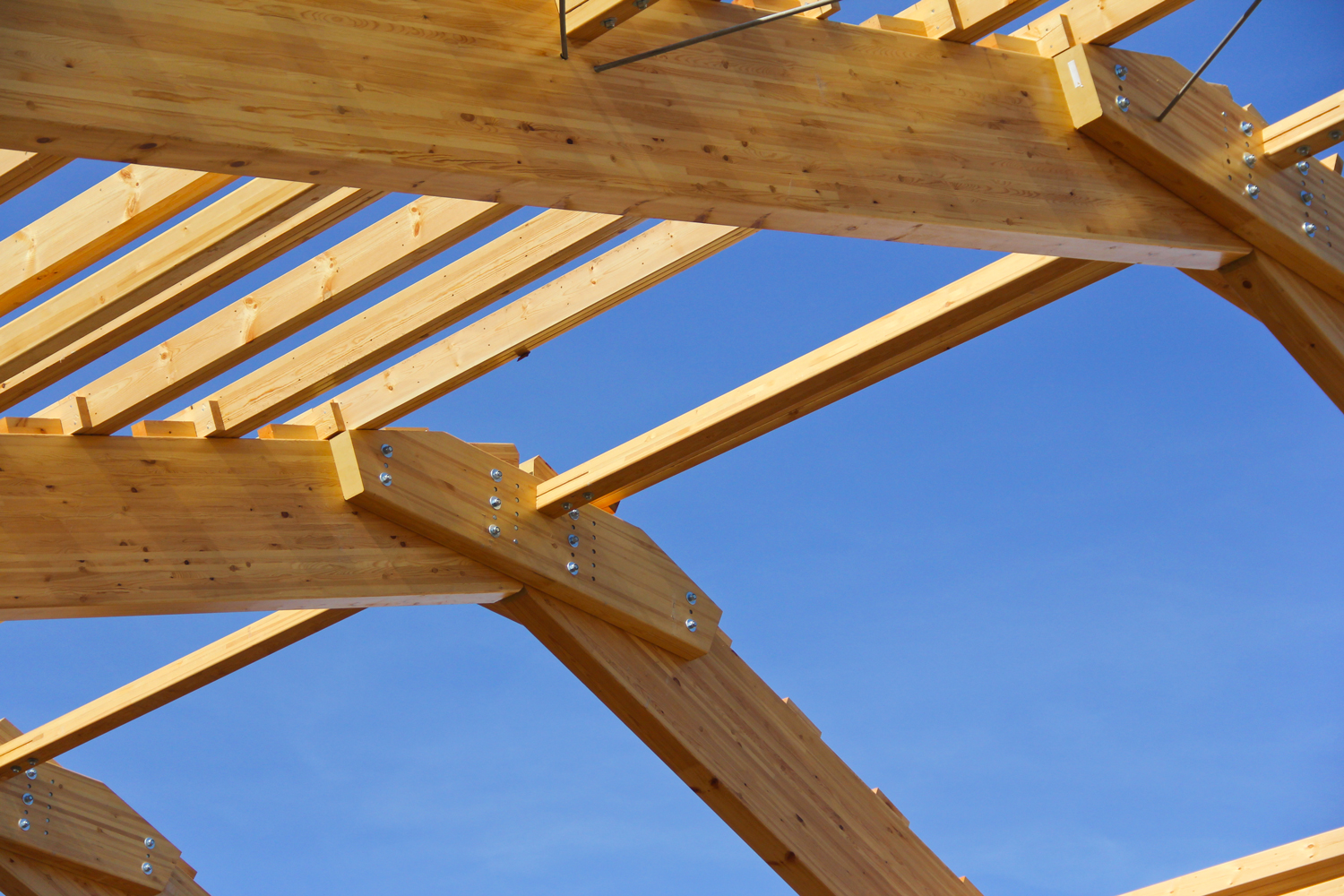
Technical Specifications for Glulam Processing.
Machine Configuration.
Working dimensions:
standard configuration from 60 feet L × 12 feet W × 16 inches H
5-axis simultaneous machining
for complex joint geometries
Beam capacity:
Up to 10,000 lbs with automated handling systems
Multi-spindle configurations
for production environments
Pneumatic clamping systems
designed for long beam stability
Software Integration.
Timber framing CAD integration
with Cadwork, HSB, Dietrich’s, Sema, Revit and more
Automated joint optimization
for structural requirements
Beam nesting
and material optimization
Production scheduling
for custom beam orders
Structural analysis
integration for load verification
Glulam-Specific Features.
Grain-sensitive cutting strategies
to minimize tear-out
Beam support systems
or long lengths during processing
Automated beam rotation
for 4-sided machining
Dust collection
optimized for large beam processing
Quality verification
with integrated measurement systems
Glulam Construction Applications.
Residential Timber Framing.
Custom glulam beam processing for post-and-beam homes, timber frame construction, and heavy timber residential projects where craftsmanship and structural performance are paramount.
Applications: Custom homes, timber frame houses, log homes, barn conversions, ADUs
Key Benefits: Traditional aesthetics with modern precision, faster assembly, superior structural performance
Commercial & Industrial Structures
Large-span glulam beams for commercial buildings, warehouses, manufacturing facilities, and institutional projects requiring long clear spans and heavy load capacity.
Project Types: Warehouses, manufacturing plants, churches, community centers, sports facilities
Advantages: Maximum span capabilities, architectural flexibility, cost-effective long-span solutions
Agricultural & Equestrian Buildings.
Specialized glulam processing for barns, horse facilities, agricultural buildings, and rural structures requiring durability, large spans, and traditional appearance.
Facilities: Horse barns, dairy facilities, equipment storage, livestock buildings, hay storage
Benefits: Weather resistance, large clear spans, agricultural building aesthetics
Architectural & Specialty Projects.
Custom glulam fabrication for unique architectural applications including curved structures, specialty buildings, and innovative timber construction showcasing glulam’s versatility.
Applications: Churches, pavilions, bridges, architectural features, curved roof structures
Glulam Manufacturing Advantages.
Precision Joint Fitting.
Computer-controlled accuracy ensures perfect joint fits every time, eliminating the trial-and-error of traditional hand cutting while maintaining the beauty of classic timber joinery.
Impact: 95% reduction in fitting time, eliminated rework, superior joint quality
Production Scalability.
Automated processing enables high-volume glulam production while maintaining custom fabrication flexibility. Meet growing demand for timber frame and heavy timber construction.
Capacity: 8x increase in beam processing vs. traditional methods, consistent quality at scale.
Complex Geometry Capability.
5-axis machining handles compound angles, curved cuts, and complex joint geometries impossible with conventional equipment, expanding design possibilities for architects and builders.
Results: Unlimited design flexibility, complex architectural features, innovative structural solutions
Material Optimization.
Advanced nesting algorithms maximize material utilization from glulam blanks, reducing waste and supporting sustainable manufacturing practices.
Environmental Benefits: Up to 25% waste reduction, optimized material usage, sustainable forestry support.
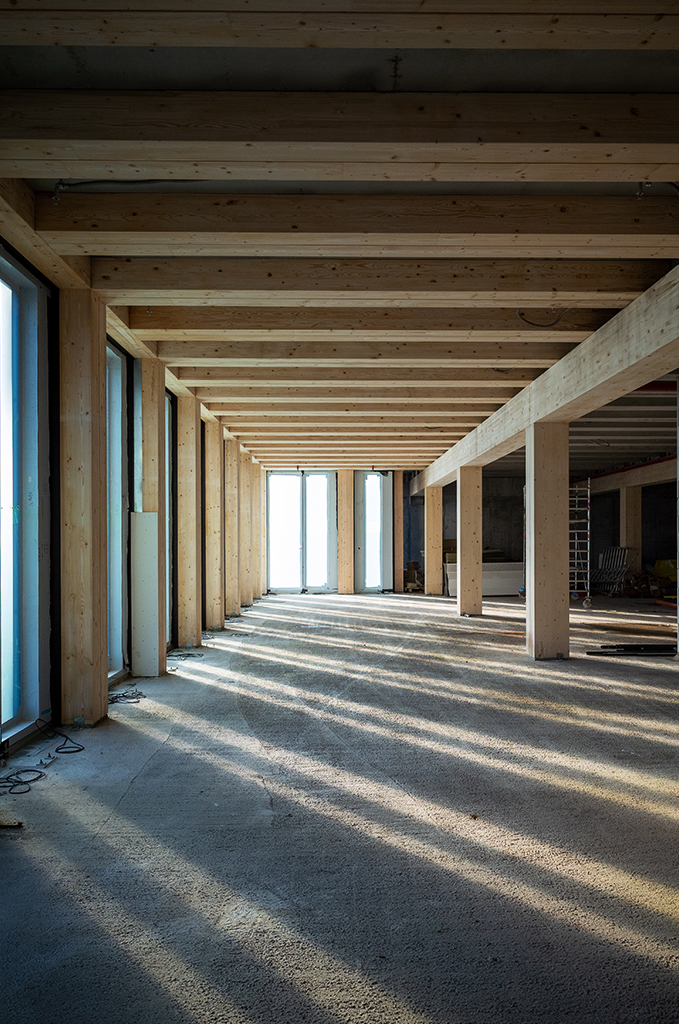
Frequently Asked Questions.
What length glulam beams can your CNC machines handle?
Our glulam CNC systems can process beams with standard dimension 60 feet in length with cross-sections up to 12″ × 60“. We can configure systems for longer beams based on your specific requirements and facility constraints, with some custom installations handling big beams.
Can your systems create traditional timber frame joints?
Absolutely. Our systems excel at traditional timber joinery including mortise and tenon, dovetails, scarf joints, and Japanese joinery techniques. We maintain a comprehensive joint library and can program any traditional or custom joint configuration to your specifications.
How do you handle curved and cambered glulam beams?
Our 5-axis capability and specialized beam handling systems are designed specifically for curved glulam processing. We can machine complex curves, compound angles, and variable cambers while maintaining all joint and connection details with perfect accuracy.
Do your systems integrate with timber framing design software?
Yes, we provide seamless integration with major timber framing platforms. Our systems can directly import 3D models and automatically generate optimized toolpaths for all joints and connections.
Can you machine steel connection details in glulam beams?
Yes, our systems excel at modern connection systems including Simpson hangers, hidden fasteners, steel plates, and custom connector geometries. We maintain exact specifications for all major connector manufacturers and can create custom connection details to engineering drawings.
